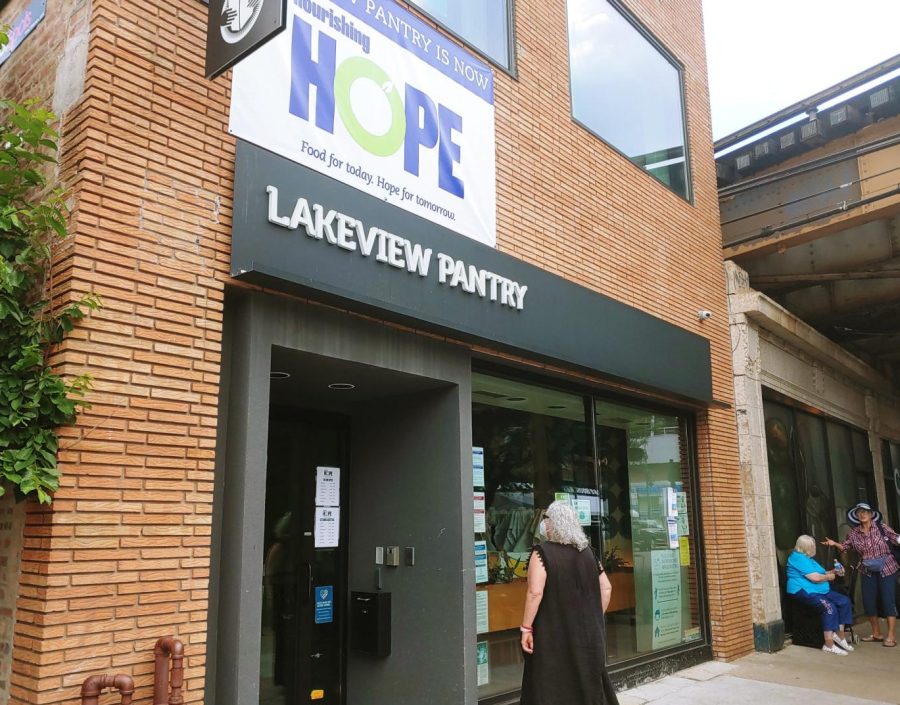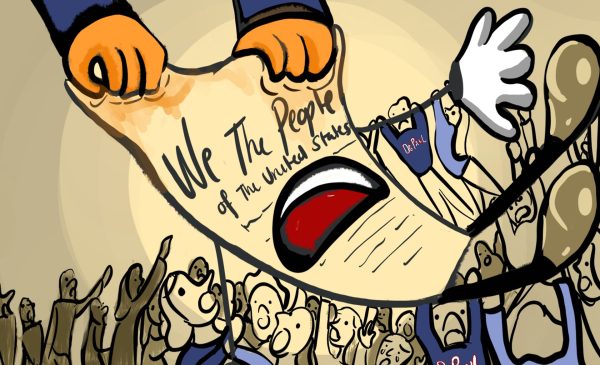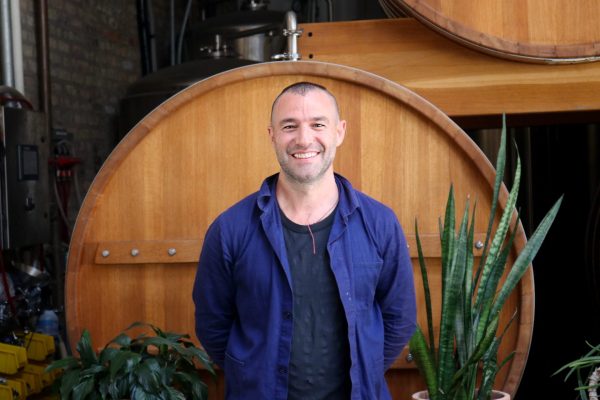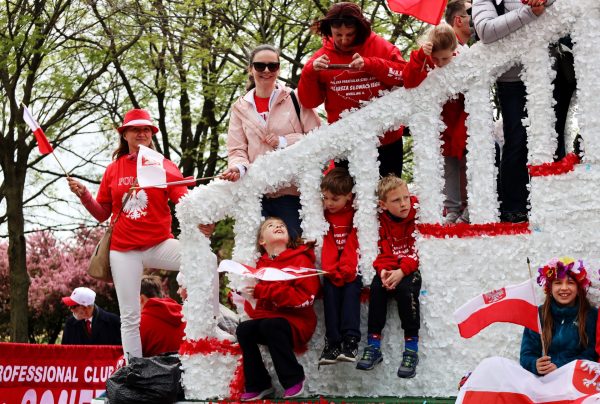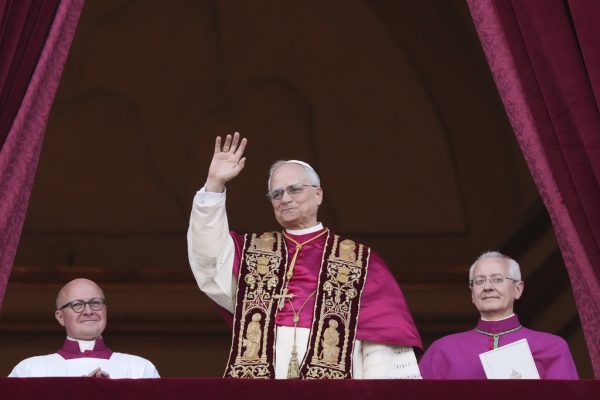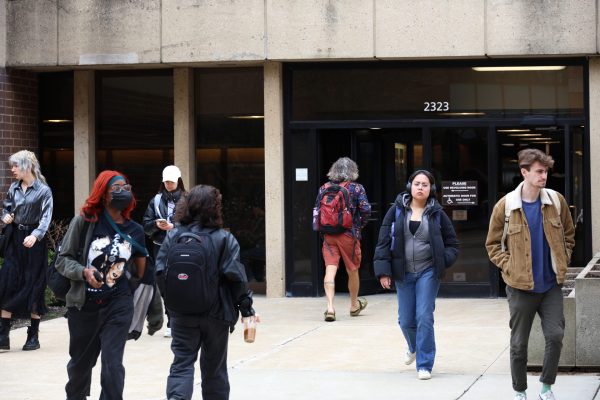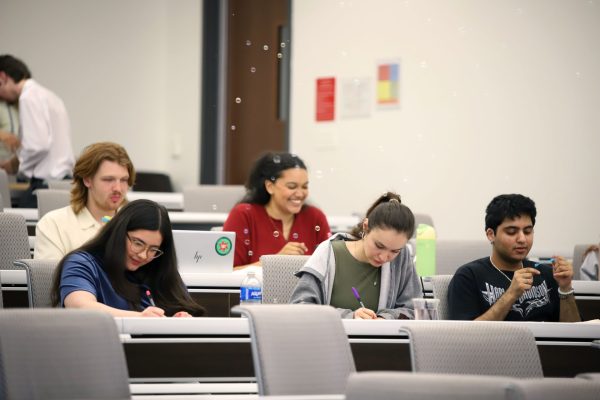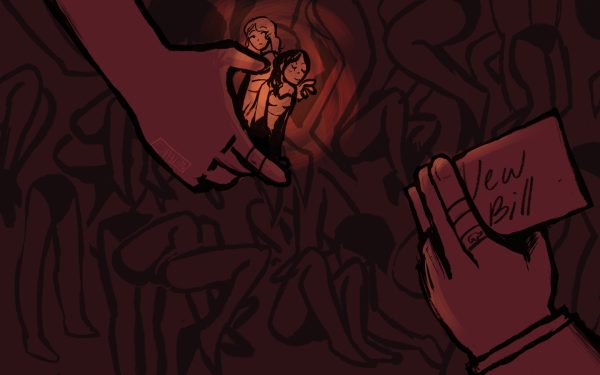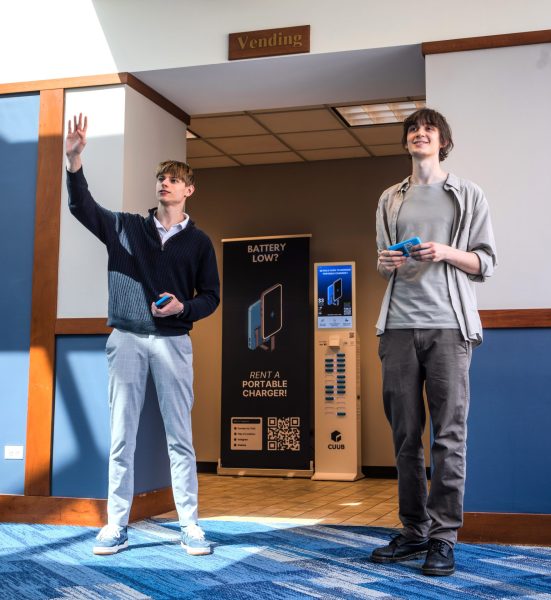Chicago basic income trial provides dubious hope to residents in need
Nourishing Hope – Sheridan Market in Lakeview distributes food to Chicagoans seven days per week
Elena Trevino has been on the Chicago Housing Authority’s waitlist for public housing since she was 54 years old. She just turned 63 this month.
The Little Village resident says that a majority of her monthly social security check goes towards rent.
“I get $831 per month,” Trevino said. “My rent alone is 800.”
A recipient of SSI disability, Trevino says she needs to scrape together what she can find to budget for food, utilities, gas, and other necessities. It is a need-based program, so if she ever has more than $2000 in assets, her income is cut off.
Trevino is a lifelong Chicagoan, a dance-lover and a mother. She is also one of over 176,000 people that applied for the Chicago Resilient Communities Pilot.
The pilot is a $31.5 million basic income trial program from Mayor Lori Lightfoot and the City of Chicago’s Department of Family and Support Services (DFSS), in collaboration with basic income advocacy nonprofit GiveDirectly. The program will give 5,000 Chicagoans in need $500 per month for twelve months. Unlike more traditional welfare programs, there is no limit on how this cash is spent.
“In my case, it is heaven-sent,” Trevino said. “$500 would definitely help pay the bills.”
Given the interest, the odds that Trevino will be one of the 5,000 selected for the pilot are slim. Applicants will be chosen via a lottery system designed to prioritize those living in poverty, as well as in communities experiencing economic hardship.
The need for programs like this is clear in Chicago, where 16.4 percent of the population lives in poverty, compared to 12.3 percent of the United States as a whole.
“The numbers will show the city how much this is needed,” said Yessenia Cervantes-Vázquez, a lead community health worker with Rush Community Health Center. “How many people qualify is a big eye-opener that people are struggling with so many basic needs.”
What makes this pilot so unique is the fact that funds will be provided as basic income, allowing for more flexibility than existing welfare efforts.
“The thing that I love about the program is that it’s money that they get to spend at their own discretion,” Cervantes-Vázquez said. “We’ve heard all kinds of stories. There are some that have extremely ridiculous prescription costs… There are people who are behind on their rent, or have a child with special needs. There are all kinds of things.”
Cervantes-Vázquez and other workers at Rush Community Health Center helped over 100 residents apply for the Resilient Communities Pilot in various locations around the city.
“Instead of having people seek us out, we decided to be more proactive about it and go to different communities where we knew that things like internet access, or being tech savvy, or even knowing about the program would be difficult,” she said.
With the application being all online, there was a barrier of entry for the city’s most vulnerable. Assistance like that provided by Rush Community Health Center is what allowed for people like Trevino to apply.
“They did everything on the computer,” Trevino recalled. “What if there’s a person that can’t read or write, or [doesn’t have] access to a computer?”
Basic income trial programs like this one are a newer concept, but they are far from original. In 2019, Stockton, California gave $500 a month to 125 people for two years. Like Chicago’s pilot, there were no strings attached to the given income.
As a policy, direct cash assistance has seen a boom in popularity in the past several years. Basic income was the cornerstone of 2020 Democratic presidential candidate Andrew Yang’s platform. President Biden’s American Rescue Plan also featured a direct stimulus payment of about $1,400 to Americans that suffered economic losses due to Covid-19.
For basic income supporters like Leah Hamilton, it is a refreshing change of pace from traditional welfare programs.
“I’ve done a lot of research in U.S. welfare policy, like TANF and SNAP,” Hamilton said. “They have really low income and asset limits. From my research, that creates really strong disincentives to escape poverty. Taking a 10-cent raise might lose you cash assistance, food assistance, childcare. Pilots like this remove those barriers.”
Hamilton is the author of “Welfare Doesn’t Work,” a book that details the outcomes of basic income pilots dating back to the mid-1900s. She is also an executive committee member for the Basic Income Earth Network, a group dedicated to basic income advocacy and education around the world.
While she is encouraged by the scale of Chicago’s pilot program, Hamilton is concerned that its time constraint might limit some of its potential benefits.
“Escaping deep poverty is probably going to take more than 12 months,” she said. “People have a lot of complexity in their lives that take some time to sort out. So I am a little worried about us saying, ‘Oh, everybody’s lives weren’t fixed in 12 months, so I guess basic income doesn’t work.’”
But existing data on basic income programs is promising. Stockton’s 2019 trial boosted recipients’ physical and mental health, with money being spent mostly on necessities (37% on food, 22% on clothes, 11% on utilities, 9% on car costs, <1% on alcohol/cigarettes).
Additionally, the trial refuted the most widespread criticism of basic income; that receiving direct cash assistance would discourage employment. In fact, it did just the opposite. People who received the cash secured full-time jobs at more than twice the rate of those in the control group that didn’t.
To measure the results of Chicago’s basic income pilot, The City has engaged the University of Chicago’s Inclusive Economy Lab to conduct a research study. The lab’s program director, Misuzu Schexnider, says that they may be able to get some of the strongest data on basic income effectiveness to date.
“The program is big enough that the evidence that we’ll be able to generate as a result of this evaluation will go a long way in conclusively being able to answer some of these questions that still exist,” Schexnider said.
Through a combination of administrative and survey data collection, Schexnider said that the lab hopes to measure educational outcomes, credit health, financial stability, employment, housing stability, mental health, general well-being, social mobility, residential mobility and other factors potentially impacted by the cash assistance.
“We’re also doing a qualitative data collection using one-on-one interviews of both people in the group that receives the payment and the group that doesn’t receive the payment,” she said.
It is still unclear whether there are plans to extend the pilot’s duration or recipient pool based on the collected results. A representative from Chicago’s Department of Family and Support Services did not respond in time to comment.
Once the 5,000 recipients are chosen, payments are slated to start rolling out midsummer. Trevino is not sure what she will spend the money on if she is selected, but she would appreciate the breathing room the extra $500 a month would give her.
“Do you know when the last time I bought a new pair of gym shoes was?” she asked. “Probably 30 years ago.”


